Taking a spin in the all-electric BMW i3 at #CESlive
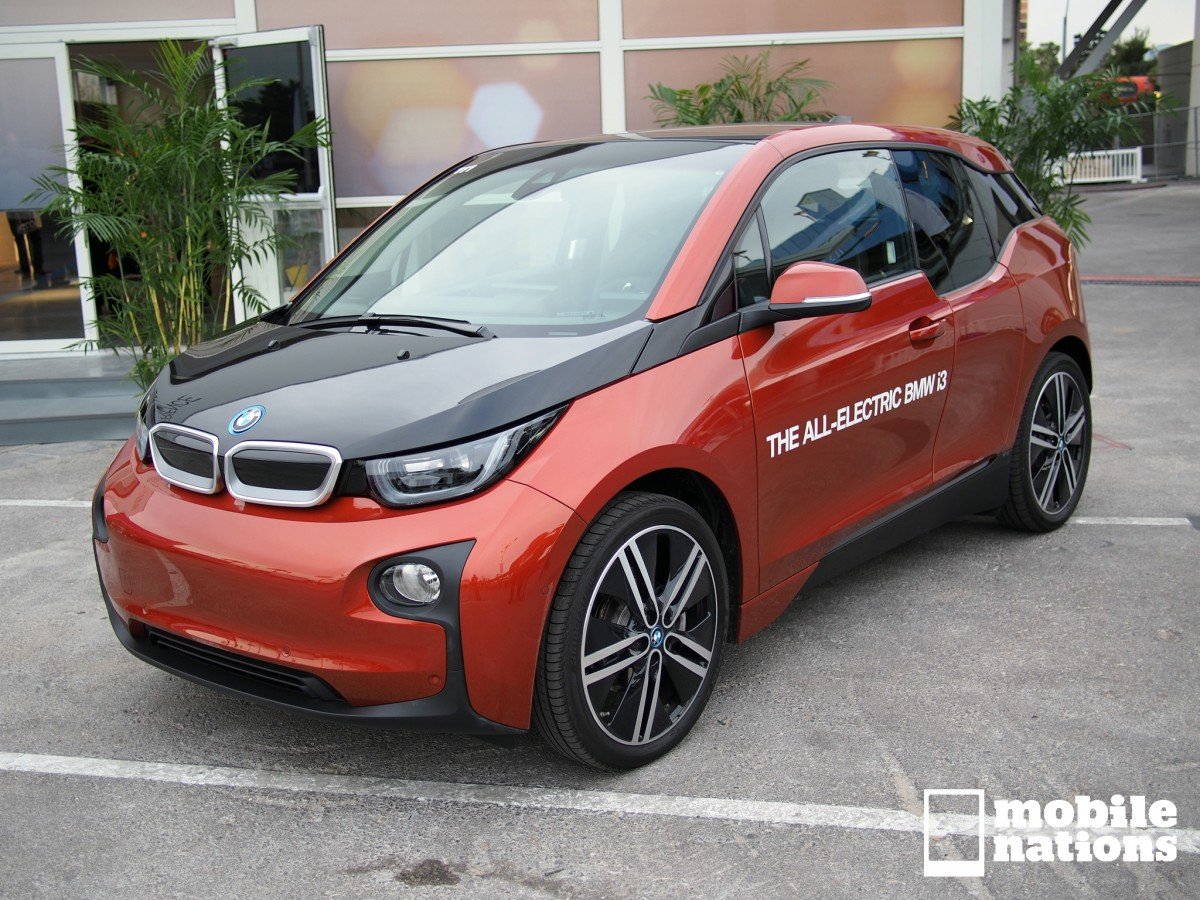
Electric Drive
It's been an odd development over the past few years, but car manufacturers are now among the biggest exhibitors at CES. With giant and massively expensive booths you'll find Sony and Samsung along with Ford and Audi. BMW, too, has a huge presence at CES 2014, taking up the entirety of the parking lot outside the south hall of the Las Vegas Convention Center. They built an exhibition center to show off the technology that's gone into their electric "i" sub-brand.
Right now there are just two vehicles in that i sub-brand, the i3 and the i8. Both are impressive vehicles, but the i3 was the one that BMW really wanted to show off at CES. The car is a tiny one, seating four in a relatively small space. It's something that's been made possible thanks to the electric drive, which places the battery pack and the small electric motor below the floor.
With a range that tops out at 100 miles when you take it easy on the accelerator, the i3 isn't meant for long-haul trips. There is an optional "range extender" gas-powered generator that can be added to the i3, adding another 80 miles of range. Though unlike a traditional hybrid, the gas engine is purely used to power an electric generator to top off the battery. Or you can plug the i3 into a 240-volt charger and be up to 90% in 30 minutes.
As an electric car, the i3 has massive amounts of torque right as soon as you depress the accelerator. It's surprisingly quick to get up to speed for how small it is, and without the wailing of an internal combustion gas engine to tip you off to the amount of effort it takes to get up to that speed.
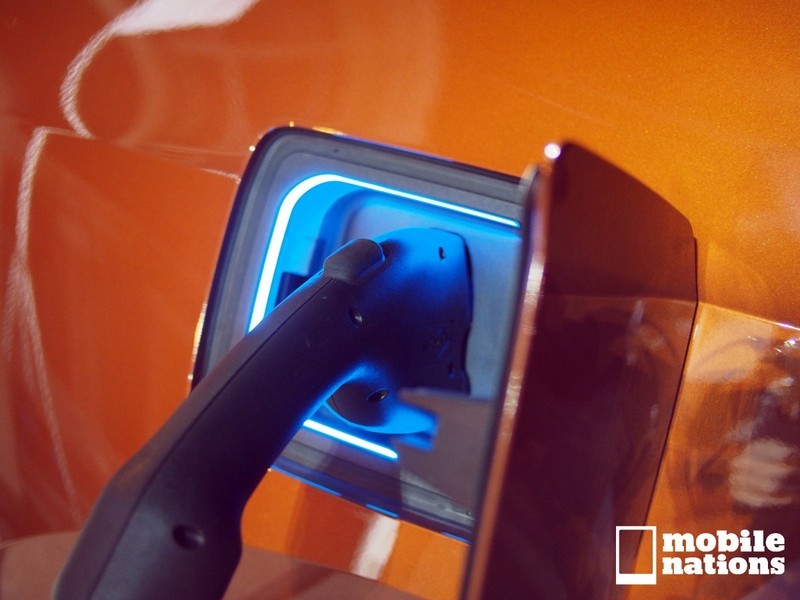
It's a relatively composed ride, or at least as composed as it can be with such a short wheelbase. Did I mention that this is a short car? It's short. Bumps are absorbed as best as they can be, but with traditional BMW-style tuning and that short wheelbase there's only so much the i3 can do to mask the imperfections in the road. Anything more than the most gentle of speed bumps is thumped right up through the seat into your body.
The i3's materials are as exotic to the average driver as the powertrain. It is a BMW, so they are very nice materials, but it's unusual to get in a car that has fibrous recycled plastic door and dash panels coupled with an undulating band of open pore eucalyptus. The exposed carbon fiber monocoque shell (instead of a traditional welded steel frame, the i3 uses a single-piece molded and fused carbon fiber shell) is balanced against a wool-and-recycled plastic blend.
Be an expert in 5 minutes
Get the latest news from Android Central, your trusted companion in the world of Android
And, because this is a BMW, leather. Leather that was tanned with eco-friendly oils, but still 100% genuine cowhide.
Connected Drive
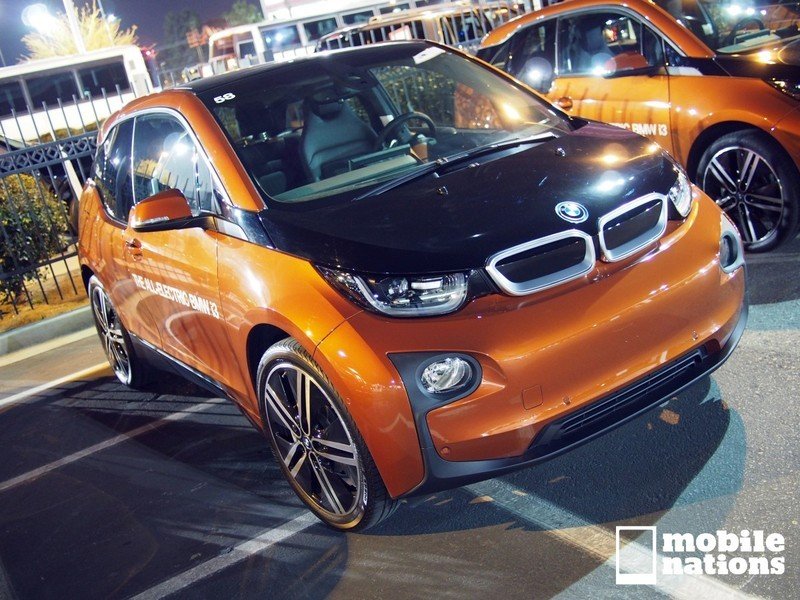
The i3 includes BMW ConnectedDrive, the latest iteration of the automaker's in-car technology package. In the i3 it consists of a wide screen display mounted high and forward in the center of the dash, voice controls, and a next-generation iDrive controller. The new iDrive follows in the footsteps of its predecessors with a rotary dial that sits at on the center console right where the driver's right hand rests when not on the steering wheel. The new version adds in an updated gesture touch controller that sits in the space between the spinning dial.
What the i3 doesn't have, and what no BMW has, is a touch screen panel. While that might seem like an omission in a world where everything from a Ford to a Lexus has a touchscreen, BMW has very well thought-out reasons for that: it's too distracting. Controlling a touch screen requires moving your hand to the touch screen and watching where it's going. In BMW's testing, touch screens require an unacceptable amount of cognitive dedication when in a car (which, as will be discussed later, is a high cognitive load environment).
So BMW's screens are managed with the rotary iDrive controller and are placed both high and forward in the cabin. Doing so makes them easier to glance at when driving by placing them closer to the driver's forward line of sight. Doing so also places the screen far out of reach. Simon Euringer, the head of BMW ConnectedDrive told us that BMW could do a touch screen if they really wanted to, they have the technical capability. They just don't do it.
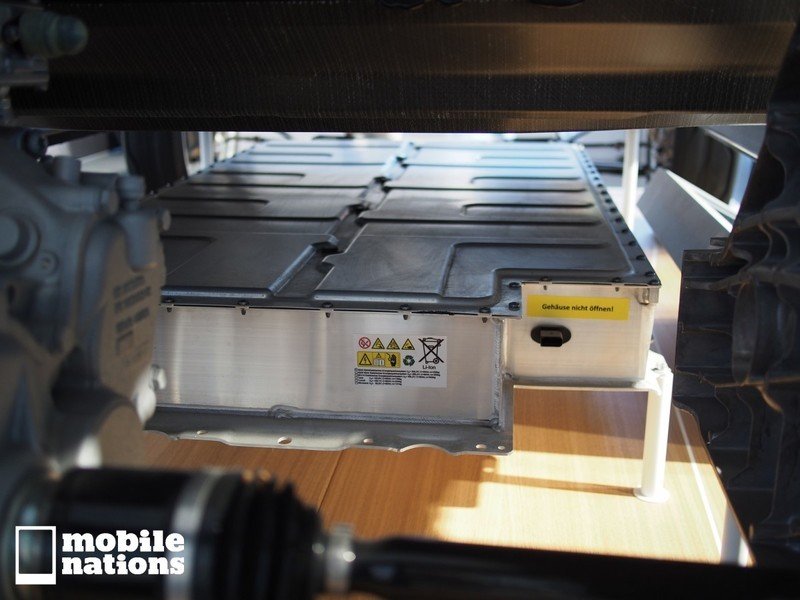
The ConnectedDrive system is also app enabled. Unlike the systems like Chrysler Uconnect and Chevy MyLink which have their own apps for the car, ConnectedDrive integrates with apps on your mobile device. They have their own API and have worked with developers to build "roughly 50" apps for smartphones that integrate the ConnectedDrive API.
With a phone connected to ConnectedDrive, the car turns into the controller. The app is executed on the phone and uses the phone's built-in wireless connection, and ConnectedDrive displays the data from the phone on the center display and lets the driver control it with the iDrive controller and voice commands.
Euringer said that BMW works with developers out of mutual motivation — BMW wants the app to work with on ConnectedDrive, and the developer wants the app to work on BMWs. No money is exchanged, and BMW has both engineers of their own to help out and has built special head unit in a briefcase that they send to developers so they can try out their app on live hardware. Because, you know, most developers don't own BMWs.
Automated Drive
Like Ford and Audi at CES, BMW too is talking seriously about automated driving. They've worked with the regulatory authorities in Germany to establish a five-level system to define what it is that makes automated drive into automated drive. There are three major tasks that roll into the automated drive system: longitudinal control (acceleration), latitudinal control (steering) , and observation and decision making (being an attentive driver).
The first level is purely assistance — the car gives you data like navigation instructions and traffic updates, but it's entirely up to the driver to utilize that info. The second level has the car taking over longitudinal control with the likes of the radar-based adaptive cruise control that is already available as an expensive add-on for many cars, BMW and otherwise. The third level throws longitudinal control into the mix, allowing the car to engage in steering alongside acceleration — today's lane-keeping systems.
Up to that third level of automation is within the clearly legal zones of automation. The driver is still responsible and the car isn't making any decisions — it's merely following lines on the road or trying its best not to run into cars in front of it. But anything beyond that partial automation is verging into gray zones of legality.
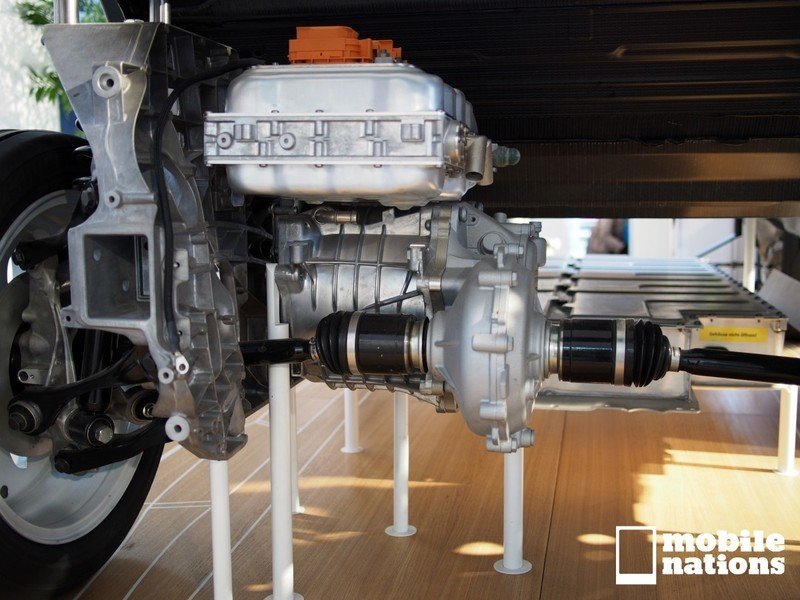
The fourth level — highly automation — sees all driving tasks delegated to the car, but in the even there should something end up giving the car more than it could handle, it can hand over control back to the driver. Fully automation sees the care taking complete control and even being able to drive without a driver sitting in that front seat.
This is diving headlong into a legal gray zone. If the fully automated system fails to take appropriate action in a critical situation and somebody ends up hurt, who is liable, the driver or BMW? What if the driver's not in the car? Can you be held responsible for the failure of an algorithm in a product that you bought?
These are questions that even Dr. Werner Huber didn't have an answer for. He's the BMW Group Research and Technology division's project manager for Driver Assistance and Environmental Perception, and even though he's been working on automated driving for years, he still doesn't have a good answer. Of course, his preference (and that of his bosses) is that BMW would not be responsible in the event of an incident. But that will be up to the lawmakers to decide (and we all know how good they are at making decisions).
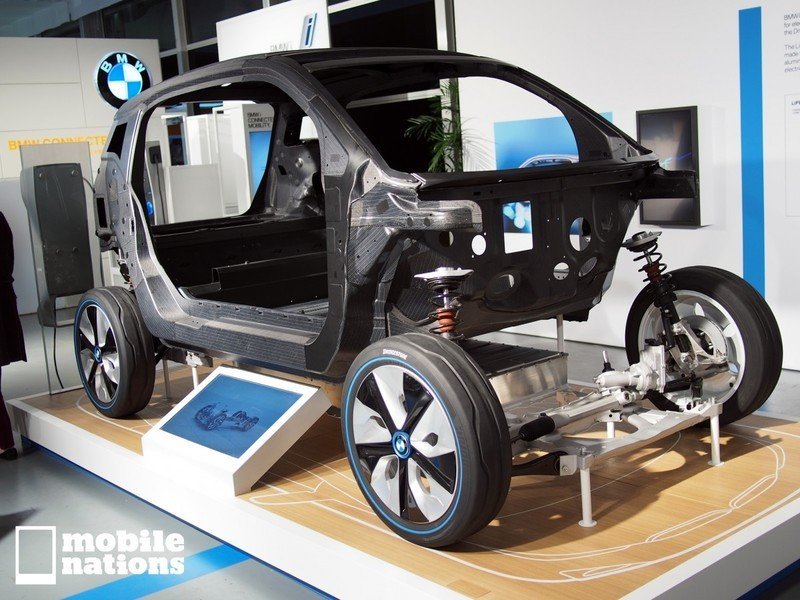
But the simple fact is that a fully automated car is going to face critical situations where it simply won't have time to get the driver involved and will have to act on its own to minimize damage to itself, its occupants, and whatever else is also on the road.
We tend not to think about it after a short time behind the wheel, but driving is actually a relatively complex task. There are hundreds of decisions that the driver has to make while driving, taking into account dozens of ever-changing variables. We have the ability to make a judgement call, to quickly process a situation and say "this is what I'm going to do." A computer takes in raw data, processes it, and comes to a mathematical conclusion about the best course of action and then executes it. Computers aren't great yet at making judgement calls, at determining the best course of action when none of the courses of action are particularly good.
That said, the technology to make this sort of highly automated driving is still years out, in Huber's estimation 8-10. The physical technology — computers, radar, lidar, cameras, ultrasonic sensors, etc — is here now, though some of it can be prohibitively expensive. It's the math, the driver strategies, the advanced algorithms that we're still waiting on.
Huber knows that education of the public is going to be a huge hurdle to overcome. He said that "it's clear that new technology which isn't known by people will cause fears," and he isn't wrong in that estimation. The technology we have today is amazing, but even then we see it make some dumb decisions for us about relatively trivial things. Driving a car, especially in critical situations where life is on the line, isn't a relatively trivial thing.
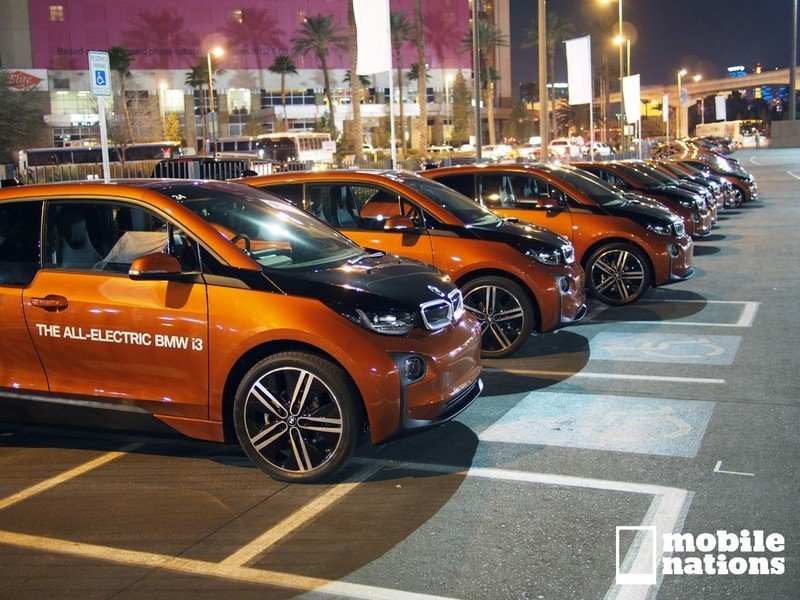
We're talking about sending a two-ton steel projectile hurtling down an autobahn filled with similarly hurtling two-ton steel projectiles, and leaving managing that situation up to a computer. It's an understandable fear to have when we live in a world where our smartphones randomly reboot because of some critical and unexplained error, often in the middle of our using them.
Huber said that people do see the benefit of automated driving. It's difficult to deny the utility of having the car take over for you in tedious situations. Take stop-and-go rush hour traffic. Why not have the car take over the monotony of moving twenty feet at a time at 5 miles per hour over an entire mile so you can catch up on the news from your favorite smartphone website?
And while consumer education is important, BMW also is slowly rolling out the various parts of the automated drive experience to their vehicles. As mentioned earlier, you can already get cars with acceleration-controlling adaptive cruise control, cars that park themselves, and cars that are able to watch the road and keep all four wheels between the two painted lines, even when the driver's not paying enough attention.
Automated driving is coming, and it might be here sooner than you think.
Derek Kessler is Special Projects Manager for Mobile Nations. He's been writing about tech since 2009, has far more phones than is considered humane, still carries a torch for Palm (the old one), and got a Tesla because it was the biggest gadget he could find. You can follow him on Twitter at @derekakessler.

